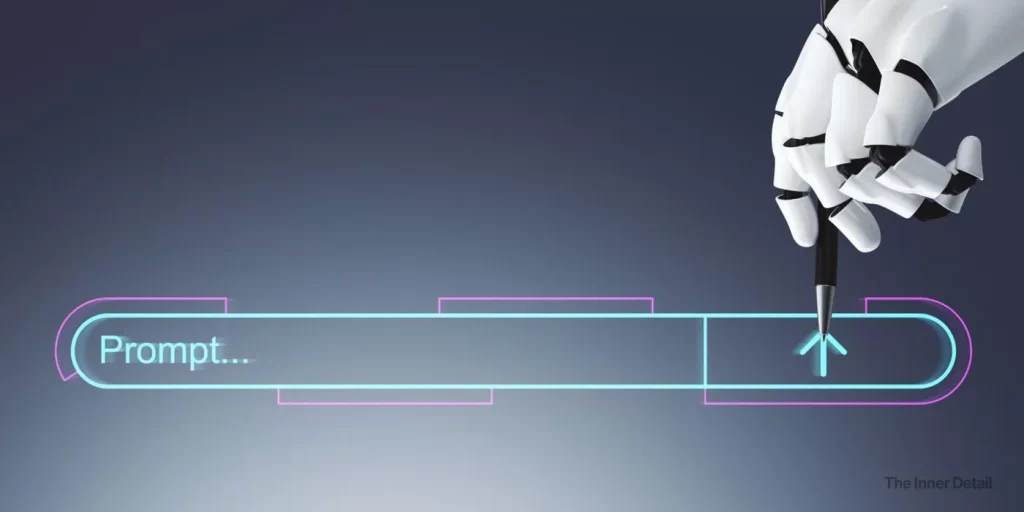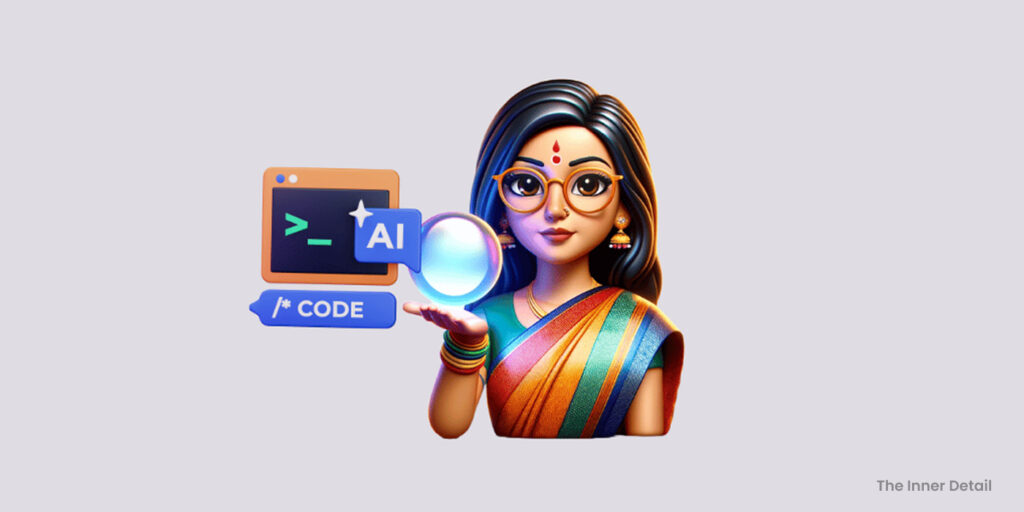A new field of engineering has emerged after the onset of generative-AI like ChatGPT, Gemini, called Prompt Engineering. In this AI-powered era, here is why everyone needs to know basics of prompt engineering and why learning it matters.
Generative AI tools have taken the world by storm, offering incredible potential for creativity, productivity, and problem-solving. But simply typing a question into a chatbot isn’t always enough to get the results you need. This is where prompt engineering comes in – the crucial skill that helps you communicate effectively with AI models to unlock their full capabilities. It’s not just about asking questions; it’s about structuring your requests to extract the most valuable insights and desired outputs.
What is Prompt Engineering?
At its core, prompt engineering is the process of crafting and refining inputs, or text, for AI language models to produce specific, relevant, and high-quality responses. These inputs are called prompts. It’s an art and a science that involves understanding the AI system’s nuances and limitations, and constructing thoughtful questions or statements. Effective prompt engineering is vital for maximizing the efficiency of AI models like Large Language Models (LLMs). As generative AI continues to advance, mastering this skill becomes increasingly important for developers, researchers, and business professionals alike.
Normal Prompts vs. Pro (Best) Prompts Differentiation
Think of a “normal” prompt as a basic query – asking for something without much guidance. For example, simply asking an AI to “Explain the three laws of thermodynamics” is a normal prompt. While it might yield a serviceable response, the length, detail, and relevance could be unpredictable.
“Pro” or “Best” prompts, on the other hand, are meticulously crafted to guide the AI towards a specific, desired outcome. They go beyond simple instructions by adding crucial elements like context, format, tone, and constraints. A “pro” version of the thermodynamics prompt might be: “Explain the three laws of thermodynamics for third-grade students”. This subtle addition of context dramatically changes the expected output, making it suitable for the target audience. Subtle differences in prompt format, structure, and content can profoundly affect AI responses. Learning how to incorporate detail and structure helps ensure the AI understands your intent clearly.
How Learning Prompt Engineering Can Help You
Learning prompt engineering is crucial because it is the language of generative AI models. By mastering this skill, you can:
- Increase Accuracy and Relevance: Well-written prompts produce more accurate and relevant responses, lowering the chance of the AI misunderstanding or providing irrelevant answers.
- Save Time: Obtaining the required information in fewer attempts expedites your interactions with AI tools.
- Simplify Complex Tasks: Convert difficult queries into a format AI can handle efficiently.
- Enhance User Experience: Interactions become substantially enhanced when requests result in succinct, understandable, and contextually relevant responses.
- Push Creative Limits: By learning effective interaction methods, you can expand the possibilities of what you can achieve with AI.
- Improve Business Outcomes: Businesses can see tangible gains like cost savings through automation and increased productivity through streamlined processes.
Tips to Write Best Prompts
Crafting effective prompts takes knowledge and skill. Here are some tips drawn from the sources to help you write “pro” prompts:
- Be Clear and Specific: Avoid difficult language and ambiguity. Make clear, explicit, and actionable requests so the AI can interpret your intent.
- Include Context: Provide background information or relevant parameters to help the model generate more accurate and relevant responses.
- Specify Response Format: Clearly state how you want the output to be structured, such as in bullet points, a formatted essay, or a specific length.
Read this article on How to become a “Pro” in Prompt Engineering?
In essence, prompt engineering is your key to unlocking the full potential of generative AI tools. It’s a valuable skill that ensures you get the most out of these powerful technologies, transforming the way you work and create.
Join our community by subscribing to our Weekly Newsletter to stay updated on the latest AI updates and technologies, including the tips and how-to guides. (Also, follow us on Instagram (@inner_detail) for more updates in your feed).
(For more such interesting informational, technology and innovation stuffs, keep reading The Inner Detail).
Kindly add ‘The Inner Detail’ to your Google News Feed by following us!







